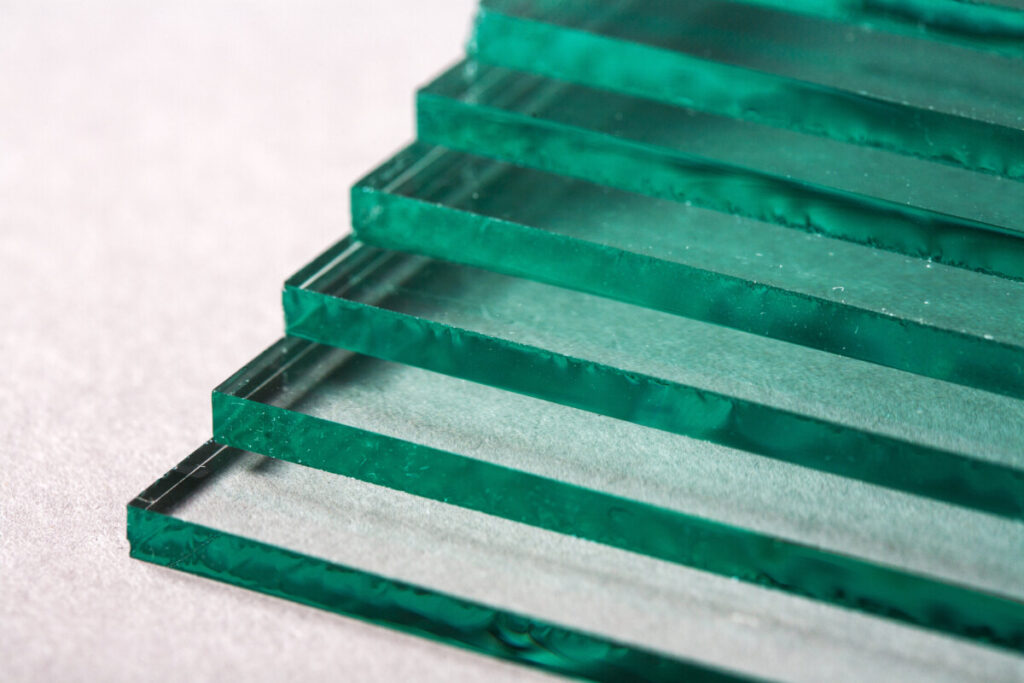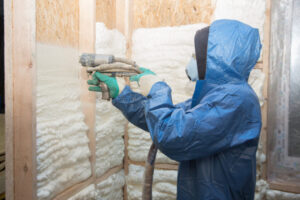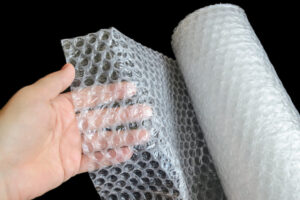Glass is a useful material that has many applications. It is used in buildings as windows and also to make greenhouses. With all the glass in buildings, you might wonder how good of an insulator glass is.
Glass is actually a good insulator against heat, it lacks a crystalline structure and contains atoms with electrons closely connected preventing the flow of heat and electricity. Often glass cups or windows are extremely thin, allowing heat to transfer through fairly easily. Double or triple pane windows use barriers of trapped air/gas to insulate against as much as 97% of heat transfer.
Let's take a look at what glass really is and what makes it such a great insulator.
What Is Glass and Why Is It a Good Insulator??
For generations, glass has been used for dozens of purposes. It is used to make common things, like windows and lenses, but it is also used to make things like bottles, thermometers, chandeliers, and many other decorative items.
Glass has even been used as an electrical insulator in things like electricity poles and lightning rods – preventing electricity to flow through.
Glass is cheaply made and easy to shape into whatever form that you need it to be in. It can also be easily colored and installed. While it is often fragile, the fragility is sometimes part of its function, like in the case of glass covers on fire extinguishers.
One of the main reasons that glass is so special is that glass has no crystalline structure. Many metals, crystals, and other materials are made up of atoms that connect in crystalline patterns. A crystalline pattern makes for easy heat transfer, like in diamonds—the crystal structures found in diamonds make them one of the most thermally conductive materials in the world.

Glass, however, is never made of these structures. Rather, the particles that make up the glass are disorganized and sometimes clumped together. This makes glass much weaker than diamond, for example, but it means that heat has a hard time passing through glass. The particles are difficult for heat to navigate and get through.
While many people have some idea that glass is made out of sand, there is a lot more that goes into creating and shaping a piece of glass. For one thing, there are many different types of glass, from tempered glass to heat-strengthened glass. Different ingredients and different processes make different types of glass that are suited for different uses.
Generally, however, glass comes from sand that has been heated and left to cool. The fast-cooling process is what causes the particles in the glass to clump together instead of form crystal structures, as extremely hot particles of glass have no time to organize themselves before they lose all of their heat.
Why Are Glass Windows Not Good Insulators?

While glass as a material is a great insulator in houses and other buildings glass windows is usually where the majority of heat is transferred into or out of the house.
If glass is such a good insulator why is it that glass windows let so much heat through?
How good a material is at insulating depends on the material used as well as the thickness of the material. Because glass windows are extremely thin (only 2-3 mm) they are not effective insulators.
If they were as thick is your walls they would be INCREDIBLE at insulating against heat. However, due to the weight and cost of glass as well as the fact that the thicker it gets the less light it lets through super thick glass windows are rarely (if ever) used in buildings.
Double pane windows use 2 panes of glass with air or gas in between them. This airtight barrier stops up to 90% of all heat transfer.
Triple pan windows use 3 panes of glass with 2 separate air/gas barriers and they can stop up to 97% of heat transfer.
This is both due to the increased amount of glass, which is itself a good insulator, as well as the pockets of air between the glass panes which also act as insulators.
Windows can also let heat in and out of your house if they are not airtight. Air flowing through gaps between the windows and the wall can let a lot of heat in or out of your house making them ineffective insulators.
Different Types of Glass
Though glass is an effective insulator, most people care more about how strong a piece of glass is, how workable a piece of glass is, or how transparent it is much more than they do how much heat glass can keep out. This is because, across all types of glass, the insulative properties don't vary much. The best insulator made out of glass is almost always the thickest one.
That being said, glass is built to provide many uses, including insulation. The first type of glass that you will find being used is float glass. It is easy to manufacture and cheaply made. Float glass is often used for large windows in stores. This type of glass is often tinted in order to make it more visually appealing.
Shatterproof glass is another type of glass that has some plastic mixed with it. The plastic helps hold the glass together after an impact, causing cracks to appear all over the glass but preventing the glass from breaking into dangerous or harmful pieces. Shatterproof glass is the right type of glass to use when building ceilings, floors, or residential windows. Plastic is also a good insulator, making shatterproof glass that much more insulated.

For more heavy-duty work, laminated glass exists. This is a type of glass that is used for its strength and thickness. It combines many layers of other types of glass, with layers of other materials in between. Laminated glass insulates against UV rays, heat, and even sound. It is most commonly used in aquariums, bridges, and other places where strength and perfect insulation are required.
One final common type of glass is toughened glass, which sacrifices transparency for durability. This type of glass is warped and often difficult to see through. However, it is built to withstand impacts and intense levels of heat. Toughened glass is a great material to protect something with, but can be dangerous when broken as the small glass chunks that it shatters into can be extremely dangerous.
Using Glass
Overall, glass is a versatile and useful tool to make things out of. Though it isn't as great of an insulator as plastic or rubber, for example, it is useful because it can insulate against heat while at the same time being transparent. Structures such as greenhouses, for example, couldn't exist without the transparency and the insulative properties of glass. Without transparency, the plants in a greenhouse couldn't get the sun they need, and without insulation, the heat that they need to survive would disappear.
Modern homes are built with glass in abundance without worrying about losing heat. Though windows are generally the weakest points on a house when it comes to insulation (as glass can't compete against the layers that can be present in a wall), they still do an excellent job. One of the ways that windows in a house do such a good job at insulating against the heat or cold is by being layered.
A typical window on a house usually has 2 layers to it, the inside layer and the outside layer. In between these two panes of glass, builders often leave a pocket of air. This air separates the 2 layers of glass, meaning that heat must penetrate through one layer of glass into a pocket of air that must be warmed up enough to penetrate the second layer of glass.
Though you can't expect something like a glass lid on a pot of boiling water to stay cool, you can generally expect the glass to do a good job of insulating an area. The particular structures of glass make it an excellent tool for building while also providing aesthetic beauty.



